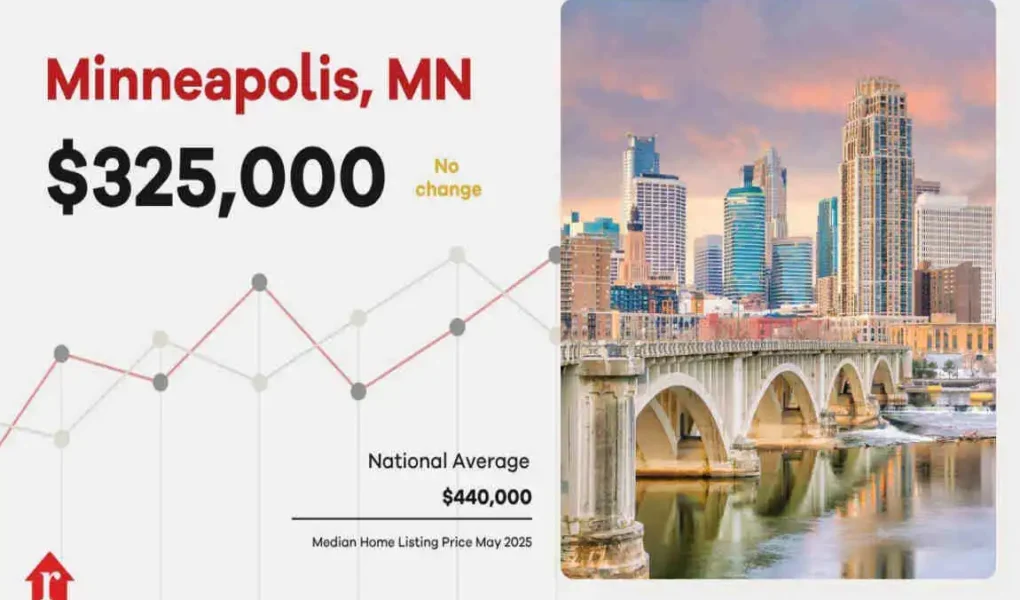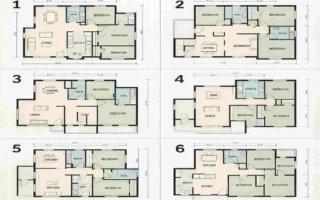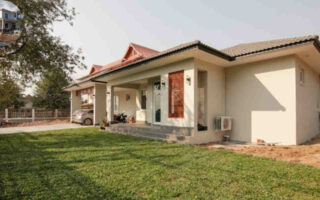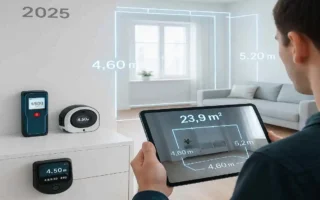Building a home is a dream for many Minnesotans, but understanding how much it costs to build a house in Minnesota is key to turning that dream into reality. With rising interest rates, fluctuating material costs, and changing market dynamics in 2025, navigating home construction costs can feel overwhelming.
Understanding the Basics: What Influences Home Building Costs in Minnesota?
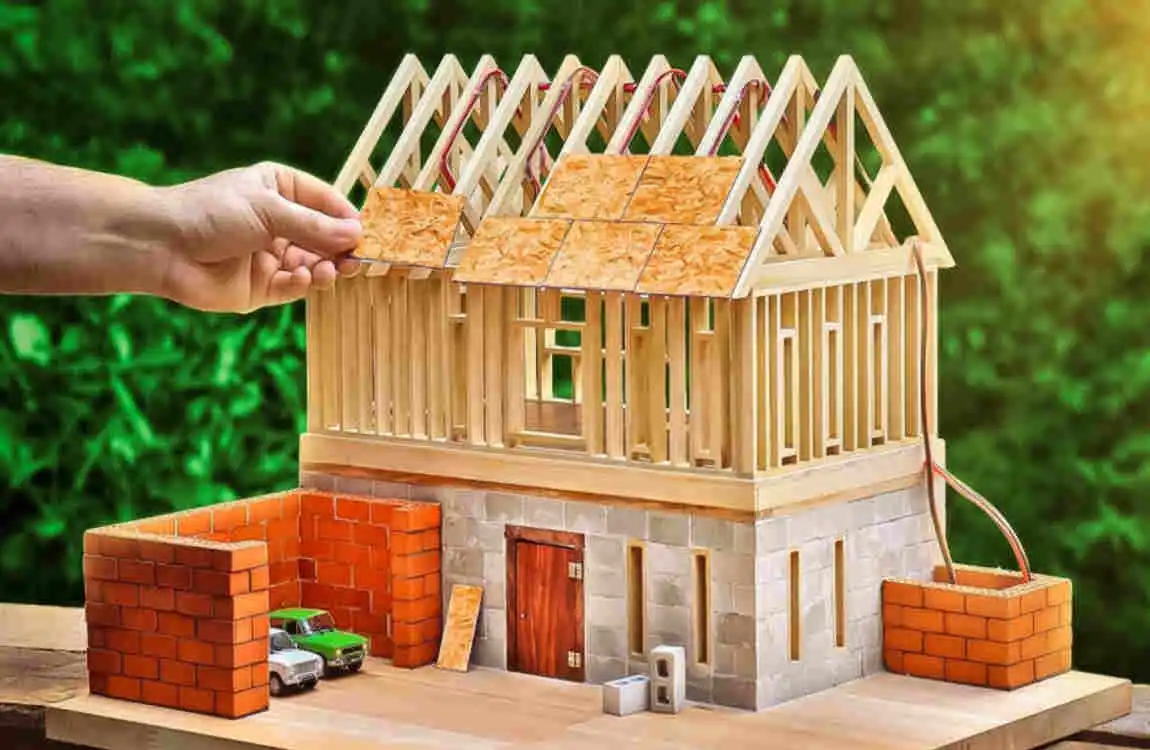
Before diving into the numbers, it’s essential to understand the factors that shape house construction costs. Knowing these will help you better control your budget and avoid surprises.
Land Costs and Site Preparation
The first step is securing a plot of land. In Minnesota, land prices vary widely by location—from affordable rural areas to pricier urban neighborhoods like Minneapolis and St. Paul.
- Land acquisition typically accounts for a significant chunk of your budget.
- Site prep involves clearing trees, leveling the ground, and ensuring access to utilities. Minnesota’s terrain and weather can make this step more complex, especially in areas with rocky soil or wetlands.
Material Prices and Availability in Minnesota
Materials are the building blocks of your home, and their prices fluctuate with supply and demand. Minnesota’s cold climate means you need specific materials, such as insulated windows and durable roofing.
- Local availability can reduce transportation costs.
- Seasonal demand spikes, especially in spring and summer, might raise prices.
Labor Costs and Skilled Workforce Considerations
Hiring the right builders and artisans is crucial. Minnesota boasts a skilled construction workforce, but labor costs can be affected by:
- Local wage standards
- Demand for workers
- The complexity of your home design
Seasonal weather can also impact labor availability, sometimes delaying projects and increasing costs.
Regulatory and Permit Fees in Minnesota
Building permits and inspections ensure your home meets safety and zoning laws. Fees vary by city and county, but expect to budget for:
- Building permits
- Environmental impact assessments (if applicable)
- Utility connection fees
Seasonal Challenges Impacting Construction Timeline and Costs
Minnesota’s harsh winters can stall construction for months, potentially increasing project duration and labor costs. Planning your build around favorable seasons can save money and headaches.
Average Cost to Build a House in Minnesota in 2025
Now that you understand the basics, let’s talk numbers. The average cost to build a house in Minnesota varies significantly by size, style, and finish.
- Cost per square foot: $230 to $500+
- Basic builder-grade homes: $230 to $300 per sq ft
- Custom homes: $350 to $500+ per sq ft
Typical Total Build Cost Ranges
House Size (Sq Ft)Basic Home Cost Range Custom Home Cost Range
1,200 $276,000 – $360,000 $420,000 – $600,000
2,000 $460,000 – $600,000 $700,000 – $1,000,000
3,000 $690,000 – $900,000 $1,050,000 – $1,500,000
This table highlights how size and customization choices impact your total budget. Smaller homes are more affordable but offer less space, while custom builds provide tailored features but come at a Premium.
Detailed Cost Breakdown
To better grasp where your money goes, here’s a step-by-step look at typical costs during the build.
Foundation and Site Prep
- Excavation and grading
- Pouring concrete slabs or basements
- Drainage systems
Expect this to be about 10-15% of your total budget.
Framing
- Building the skeleton of your home
- Includes walls, floors, and roof structure
The framing stage is labor-intensive and material-heavy, often accounting for 20-25% of costs.
Roofing and Siding
- Protects your home from the elements
- Choices range from asphalt shingles to metal or cedar siding
Costs here depend on materials and design complexity.
Windows and Doors
- Energy-efficient windows critical in Minnesota’s climate
- Doors vary from standard to custom designs
Plumbing, HVAC, and Electrical Systems
- Essential utilities for comfort and functionality
- Heating systems are vital due to cold winters
This phase usually consumes around 15-20% of the budget.
Interior Finishes and Fixtures
- Flooring, cabinetry, countertops, paint, and lighting
- Standard finishes lower cost; Premium materials like hardwood or stone increase it
Landscaping and Exterior Considerations
- Driveways, patios, lawns, and gardens
- Often overlooked but essential for curb appeal and home value
How to Budget for Building a Home in Minnesota
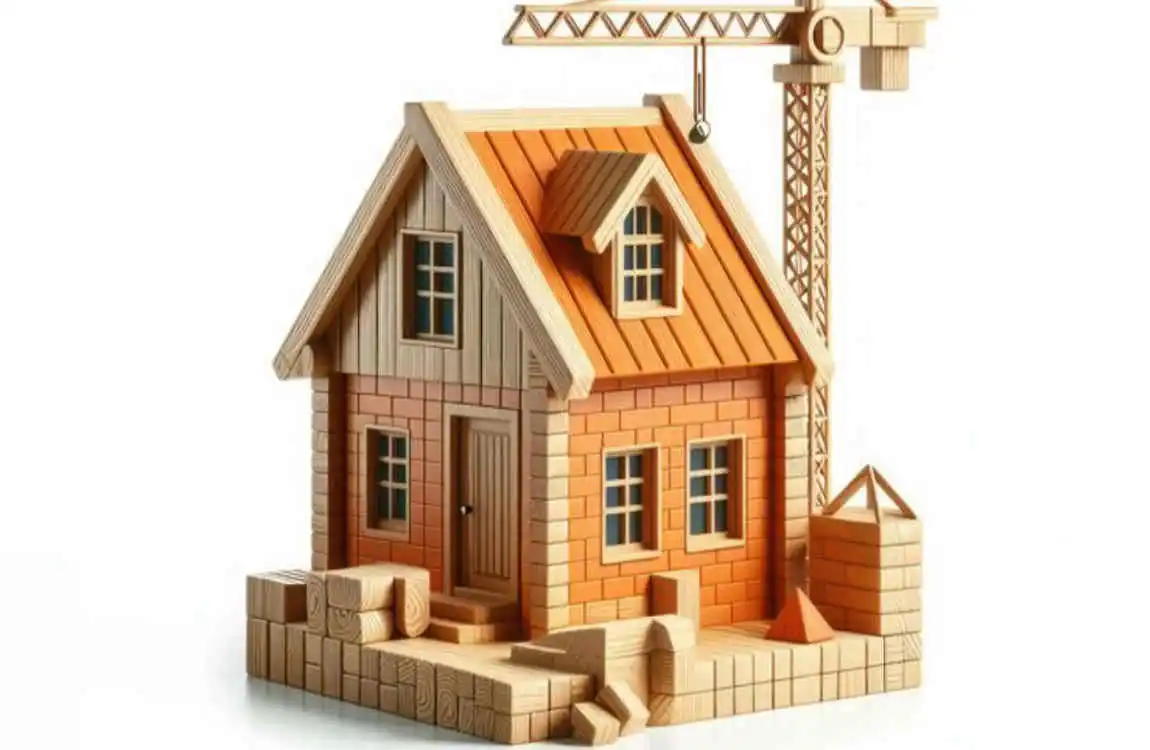
Building a home isn’t just about the upfront cost. Smart home budgeting can keep your project on track.
Importance of Contingency Funds
Unexpected expenses happen—like hidden soil issues or sudden material price hikes. Experts recommend setting aside 10-15% of your budget as a contingency.
Tips on Choosing Materials and Finishes
- Opt for quality materials that balance cost and durability.
- Consider local suppliers to reduce shipping fees.
- Mixing standard and Premium finishes can save money without sacrificing style.
Working with Local Builders for Cost Efficiency
Local builders know Minnesota’s market and regulations, often securing better deals on materials and labor.
Financing and Loan Options Specific to Minnesota
Home construction loans, like construction-to-permanent loans, are popular. Check with Minnesota banks and credit unions for competitive rates and programs tailored to builders.
Expert Insights on Trends Affecting 2025 Building Costs
Understanding market trends helps you anticipate changes and plan better.
Latest Trends in Minnesota’s Housing Market and Materials
- Increased demand for homes drives up land and labor costs.
- Material shortages remain a challenge but are slowly improving.
Impact of Inflation and Supply Chain Disruptions in 2025
While inflation is pushing prices higher, some supply chain issues have eased, stabilizing certain material costs.
Green Building and Energy-Efficient Homes—Cost Implications
Building green means higher upfront costs but long-term savings. Solar panels, high-efficiency insulation, and smart thermostats are popular but add to initial expenses.
Technology Integration and Smart Home Features as Cost Factors
Smart home systems enhance convenience but can cost $10,000+ or more, depending on complexity.
Cost Comparison: Building vs. Buying a Home in Minnesota
Deciding between building new and buying existing is a significant consideration.
Current Market Home Prices in Minnesota 2025
- Median home price is around $350,000
- Variations by location and home age
Pros and Cons of Building vs. Buying
Factor: Building New Home, Buying Existing Home
Customization: Full control over design and features. Limited to the existing structure
Cost Potentially higher upfront usually lower upfront
Time: Several months to over a year. Can move in quickly
Maintenance: New systems require less maintenance. May require repairs or upgrades.

